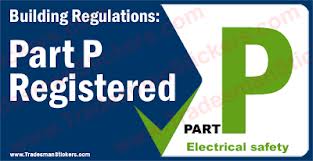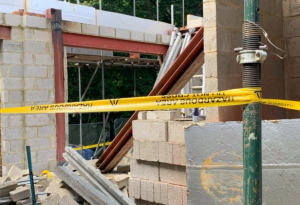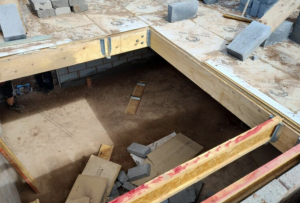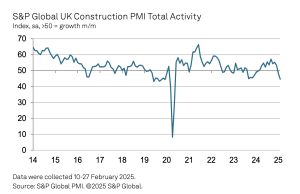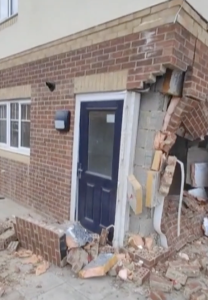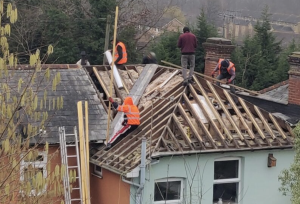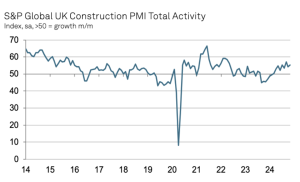Part P electrical reforms outlined
This post has already been read 2814 times!
A report produced by by the the Communities and Local Government Committee outlines reforms to be introduced to part P.
The main mechanism for checking whether electrical work covered by Part P of the Building Regulations is satisfactory is certification by a qualified supervisor operating under a Government-approved competent persons scheme. As long as the qualified supervisor meets competence standards, the person carrying out the work does not necessarily have to be a qualified electrician.


In the interim, the Report recommends that there be a limit on the number of notifications that a single qualified supervisor can authorise in a year in order to ensure that they devote enough time to checking each job.
So it seems that people are abusing the overseeing of Part P work rather than the work itself the Report calls for competence requirements to be rolled out within five years for all those actually doing electrical work to which Part P applies
Commenting, Clive Betts MP, Chair of the Communities and Local Government Committee, said: “Under the current competent persons scheme the person actually carrying out the work in people’s homes does not have to be competent. Somebody whose only electrical qualification is that they have attended a five week training course simply should not be re-wiring houses. Yet this is what we were told is happening.
“The person in the home wants to know that the person arriving on the doorstep is a qualified electrician. The current system does not guarantee this. Rather, it can brand the incompetent as competent.
“Under the system as it stands the incompetent electrician has their work checked by a qualified supervisor. But we heard of some supervisors supervising over 3,000 notifiable pieces of work a year. I question whether they can adequately check work with such large caseloads.
“Under the changes we propose people would know that the electrician working in their home is qualified. If, as scheme operators told us, standards of electricians are already high, then the added criteria will not be too onerous.
“During the five-year transition there should be an annual limit, agreed by the industry, on the maximum number of transactions that a single qualified supervisor can review. This will increase the chance that in the interim unqualified electricians will at least be having their work properly checked by a qualified supervisor.”
The Report also presses the Government to double public awareness of Part P within two years and aim for an awareness level similar to that of Gas Safe within five years (45%). Additionally, the Report calls for more proactive enforcement against those who breach Part P, which could include Local Authorities inspecting a sample of notifications or having the ability to impose spot-fines.
Clive Betts said: “Public awareness of Part P currently stands at a paltry 14%. For an arrangement vital to safety in the home this is completely unacceptable. The Government must work to improve this figure dramatically.
“One major step the industry itself can take is to have a single register of electricians covered by all the competent persons schemes. My Committee has been pressing for this since 2012. We have been promised that it will be up and running by the summer. We will monitor progress closely.
“Patchy enforcement is currently undermining the effectiveness of Part P. It is essential that those who deliberately stay outside the competent persons schemes and operate in breach of building regulations are identified, reported and prosecuted. Local authorities must be incentivised to strengthen enforcement. They need to be able to recover their costs of enforcement and at least part of the fines paid by those who breach the rules should go back to local authorities.”

